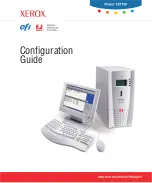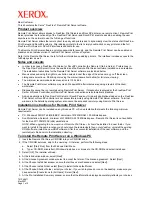
SCS100/200/400 User Guide
1: Introduction to the SCS Family
Note:
See
Using Menu/Connection Commands
for information on how to send
intentional breaks to connected equipment.
Protocol Support
The SCS supports the TCP/IP network protocol as well as:
SSH, Telnet, and Rlogin for connections in and out of the SCS
DNS and WINS for text-to-IP address name resolution
SNMP for remote monitoring and management
FTP for file transfers and firmware upgrades
TFTP for firmware upgrades
BOOTP, RARP, and DHCP for IP address assignment
HTTP for easy browser-based configurations
NTP for time synchronization and authentication
NAT for enabling private networks to share a connection to the Internet.
SSH (Secure Shell):
A secure transport protocol based on public-key cryptography.
Telnet:
A terminal protocol that provides an easy-to-use method of creating terminal
connections to any network host supporting Telnet.
Rlogin:
Allows you to initiate a TCP/IP login session.
DNS (Domain Name Servers):
Lets a network nameserver translate text node names
into numeric IP addresses.
SNMP (Simple Network Management Protocol):
Commands that allow system
administrators to monitor and manage nodes on a LAN (Local Area Network) and
respond to queries from other network hosts. One community name can be configured
with read/write access. Refer to the
SCS Reference Manual
for SNMP configuration
instructions.
BOOTP, RARP, and DHCP:
Methods for automatically assigning an IP address and
network settings.
NTP (Network Time Protocol):
Used to synchronize time on networked computers and
equipment.
NAT (Network Address Translation):
Allows private networks to share a single
connection to the Internet. With Port Mapping, specific IP Ports can be mapped from the
Internet to a private IP address and port.
1-2











































